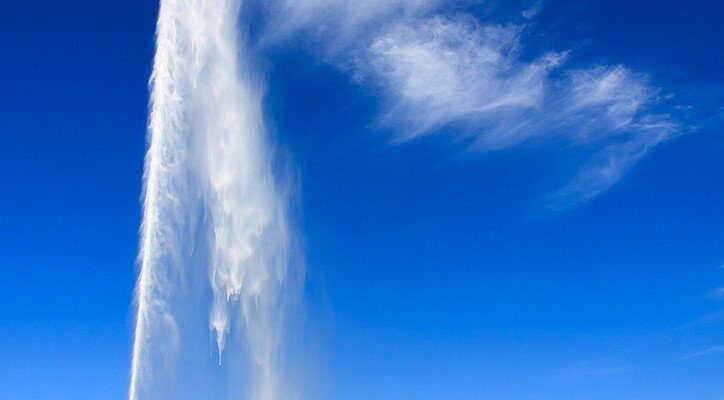Geneva Fountain (Jet d`Eau)
Geneva Fountain, or as it is also called Jet d’Eau, is today considered one of the main symbols of the city, and few people remember its history. The structure was not built for decorative purposes at all, but as a supplementary structure to the hydraulic factory, the source of energy for the city’s industries. As soon as the opportunity arose, the Geneva authorities made a wise decision – the fountain was subjected to a global reconstruction, as a result of which it turned into a beautiful attraction that attracts all tourists visiting the city.
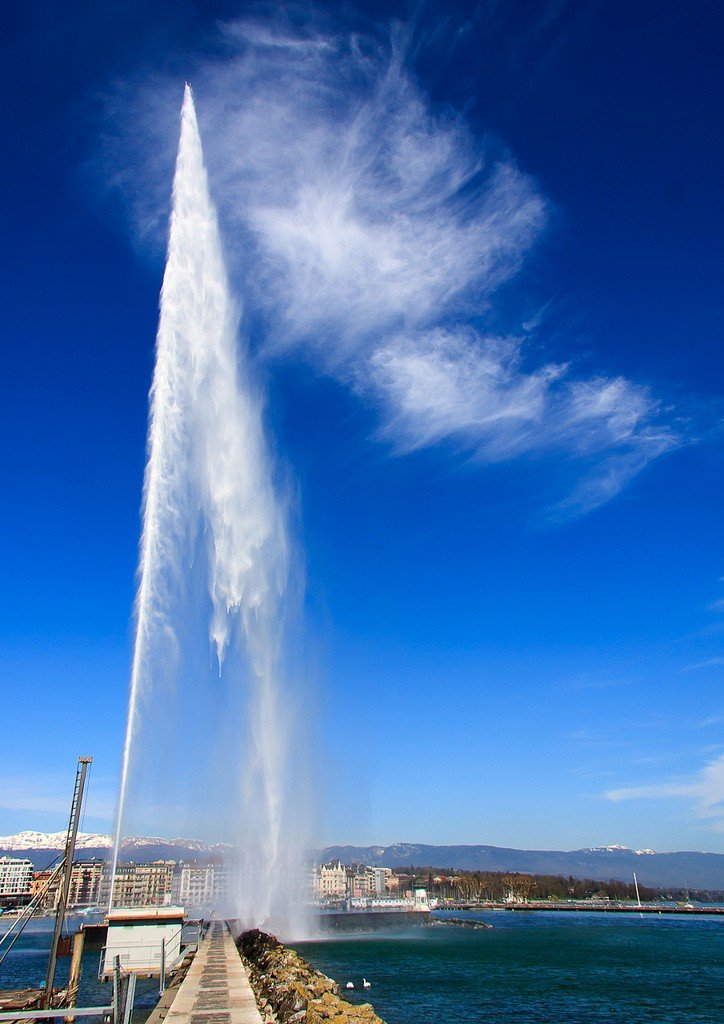
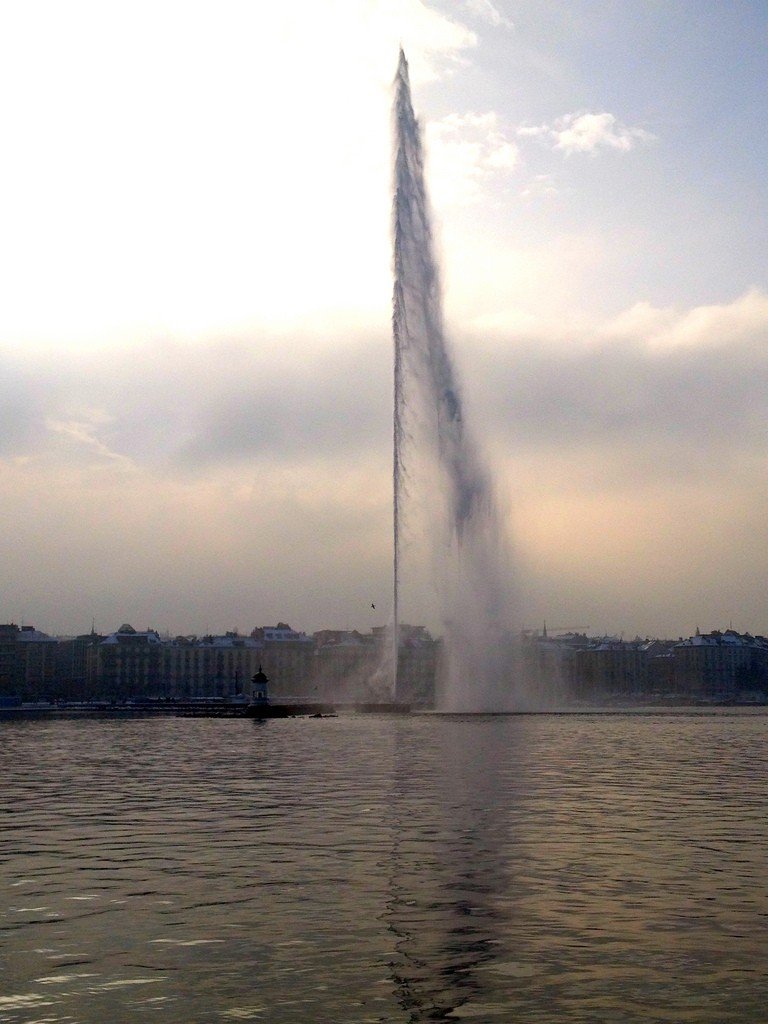
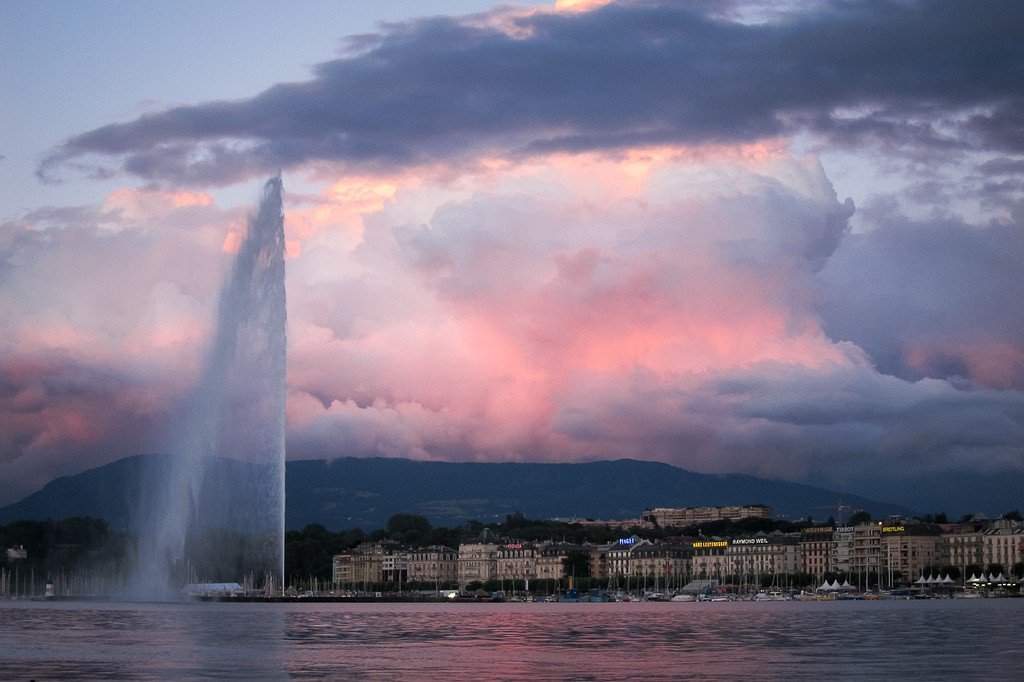
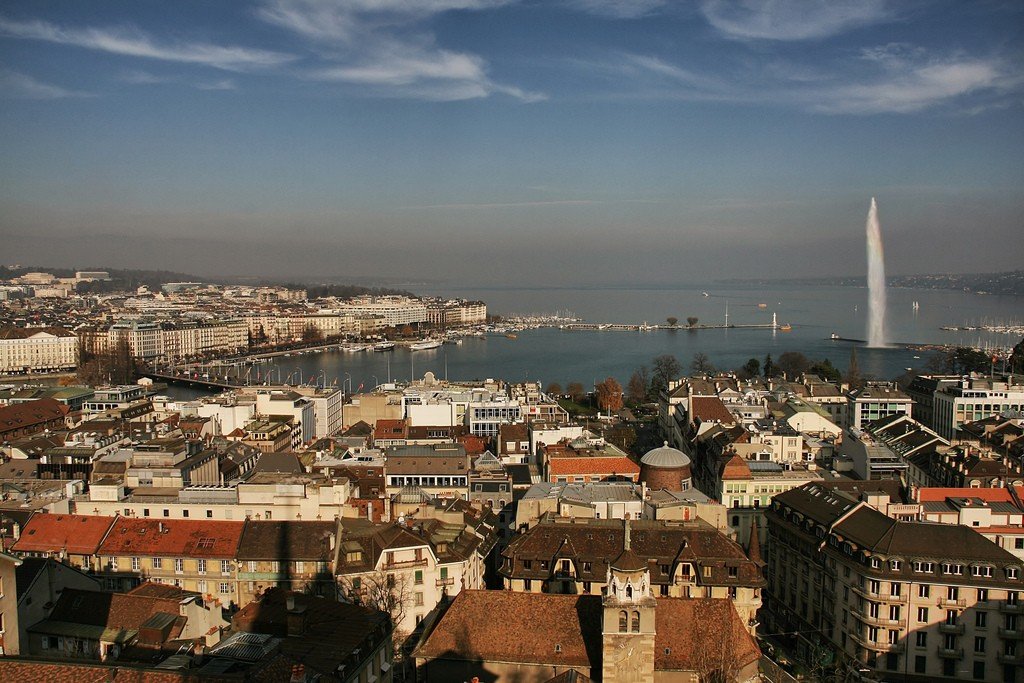
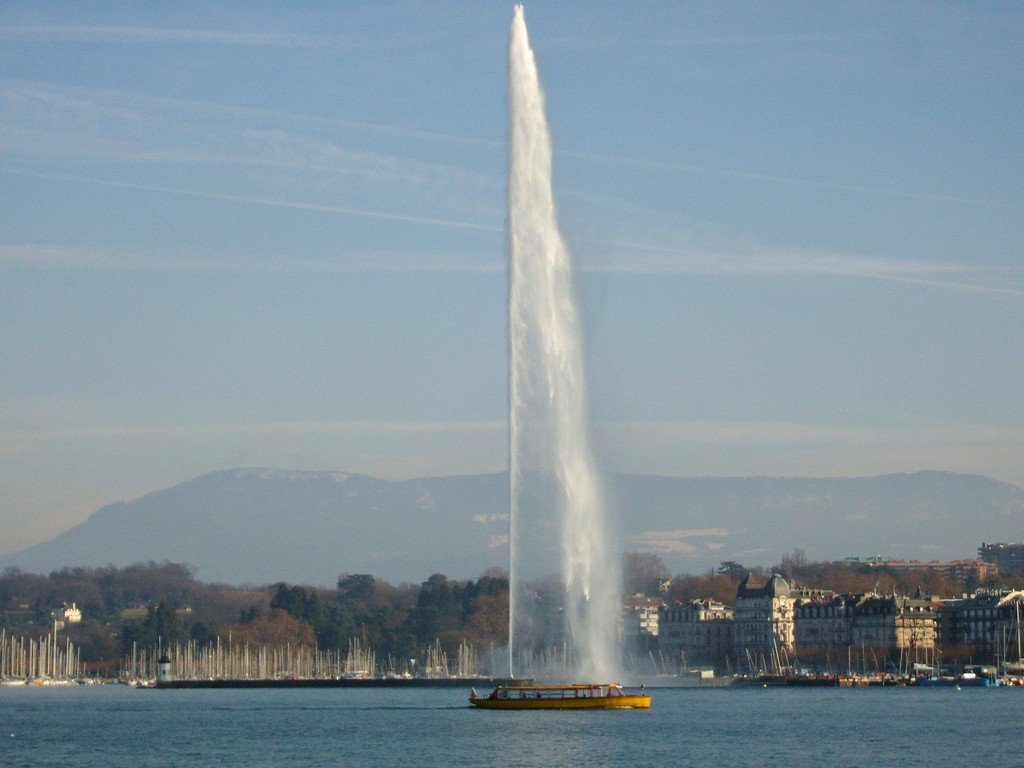
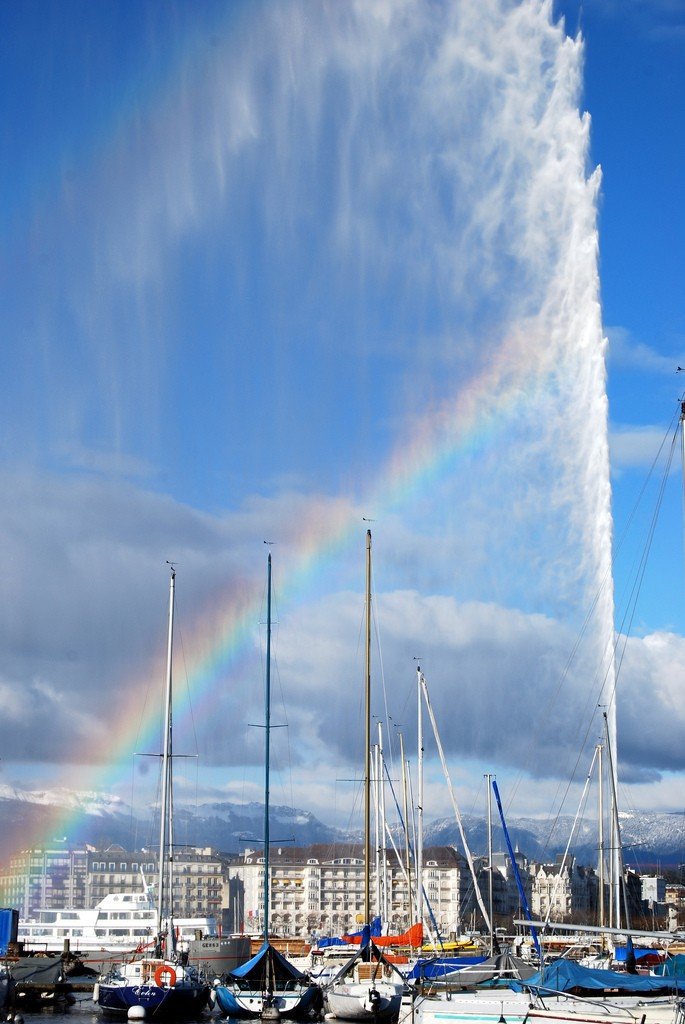
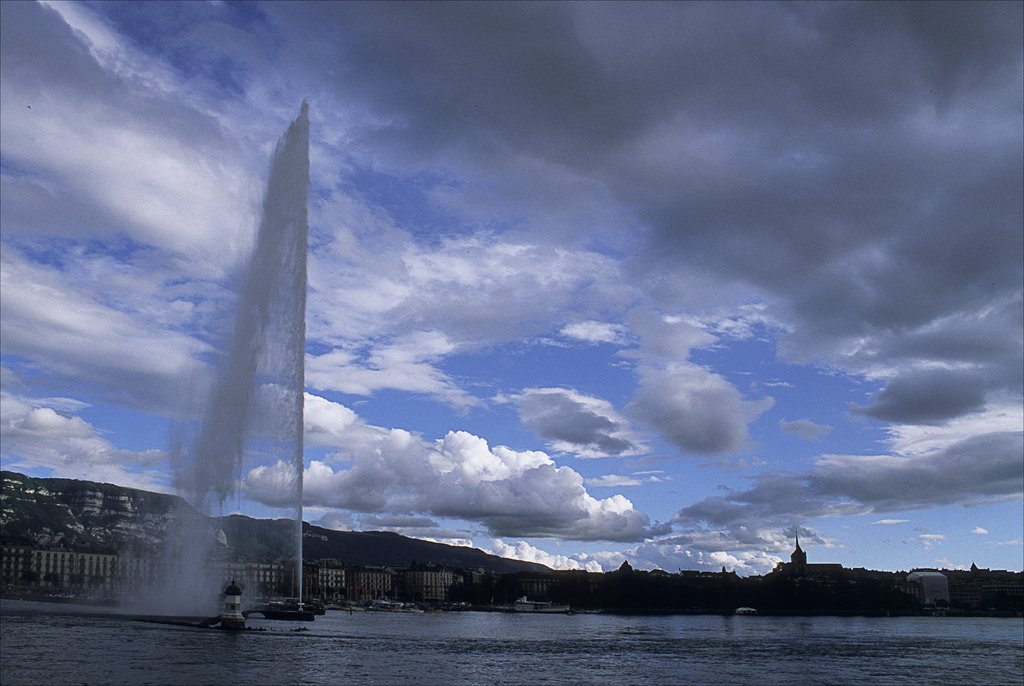
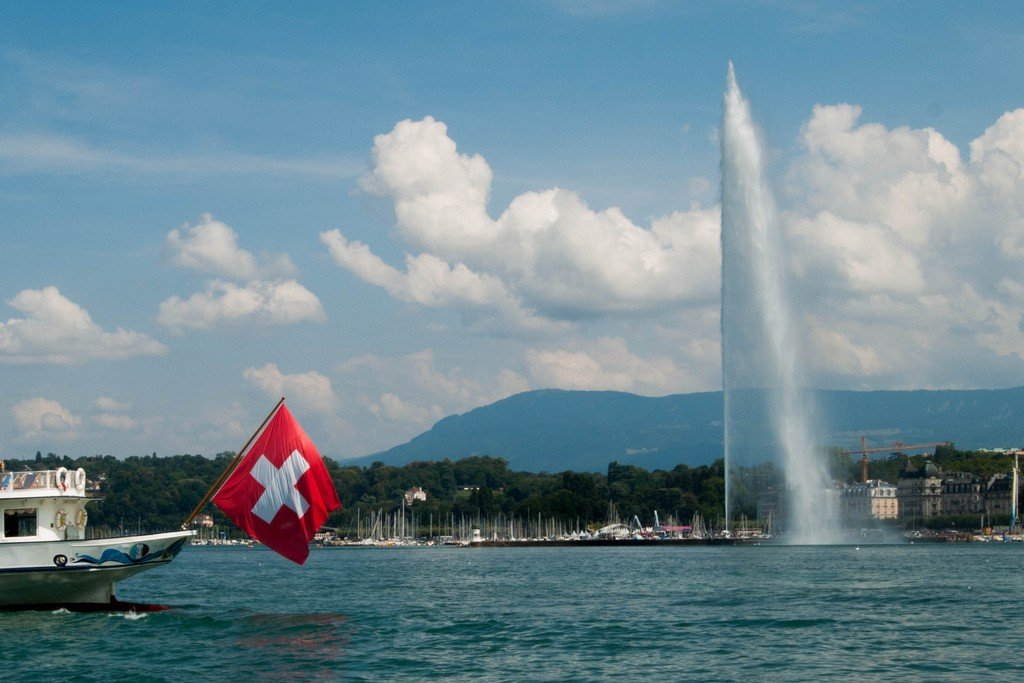
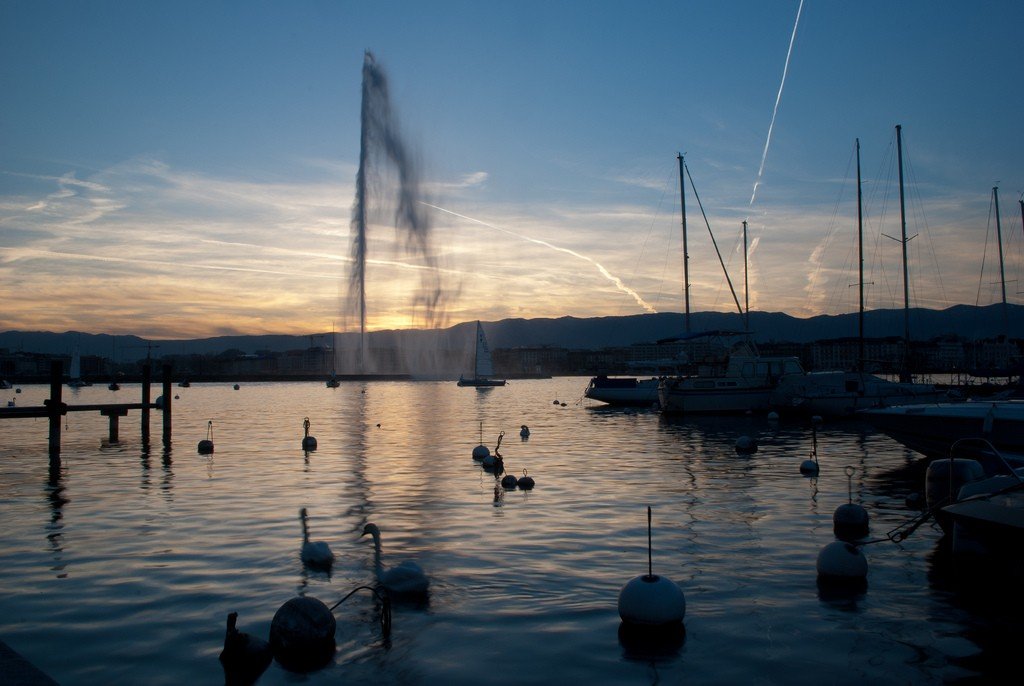
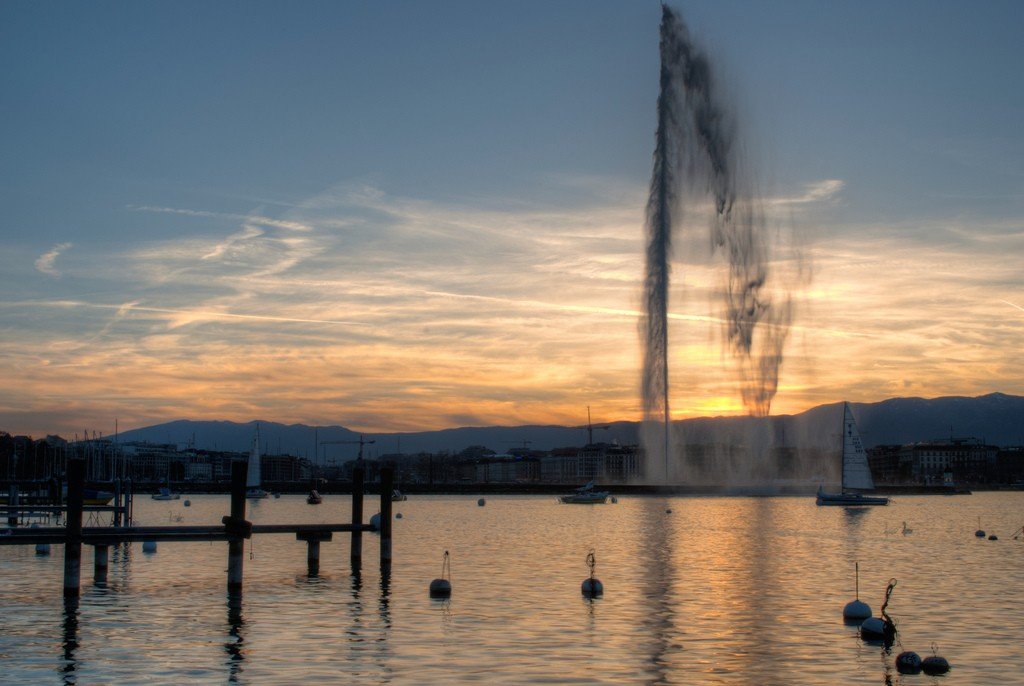
History
The largest fountain in Geneva was built at the end of the 18th century. Its task was to discharge excess water into the lake, accumulating on weekends and evenings in the hydro system. The hydraulic installation served various factories and plants, which in this city were quite a lot – these are famous watch brands, fabric companies, mills, as well as the local population – during this period in Geneva lived more than 100 thousand residents.
.
Initially, the height of the Geneva Fountain was only 30 meters, but even in this form it was very much liked by the residents. In the evenings here began to meet couples in love, walk moms with children, elderly people. In 1891 a miracle was born – the municipal council allocated funds for the equipment of illumination. Such attractions already existed in Europe – in France and England, and everyone knew how beautiful the structure can be.
The small fountain was moved closer to the shore, on the square of the quarter of O-Viv, increased the power of the jet up to 90 meters, conducted decoration with colored garlands. As a result, the renovated large fountain was put into operation by the 600th anniversary of the Confederacy, it has been pleasing residents and visitors for 120 years.
.
Design Features
For ten years, the Geneva Fountain has been working without weekends, but sometimes it is turned off during bad weather – during strong winds and sub-zero temperatures. This is done for safety reasons, so that the frozen water droplets do not hurt anyone. At the same time, it is the wind that is the main factor in the attractiveness and unusualness of the structure. Features of the fountain:
.- Under the influence of the wind, combined with sunlight, the water column changes shape and colors.
- The shape of the water sculpture can be so bizarre and unpredictable that the action can be watched for days – it does not repeat. .
- As for the colors, they range from pink to silvery blue.
- The type of jet can take the form of a pillar, and can scatter into splashes fan, reaching almost to the middle of the lake.
- The design is equipped with a special atomizer, saturating the water with air. Thanks to this, the jet has a beautiful white color, not brown like the water in the lake.
Nowadays, the Geneva Fountain is compared in importance to the Eiffel Tower. Tour business owners designate it as the most important tourist capital.
Technical characteristics of the fountain
- The average height of the fountain is 140 meters. .
- Water is thrown upwards at a speed of 200 kilometers per hour.
- The volume of water is 500 liters per second.
- The mass of water flying up into the air is 7 tons, one drop of water spends 16 seconds in the air from the moment it is ejected until it falls into the lake. .
- Two monopumps with a total capacity of 1,000 kilowatts provide this.
- Illuminate the fountain 12 floodlights, lighting power is 9000 watts. .
- At the same time in the fountain works air atomizer, which saturates the water with small bubbles that give it a white color. Without this system, the water in the fountain would always have the color of a lake and would look brown on cloudy days .
Symbol of Geneva
Nowadays, the Jet d’Eau is part of the image not only of the city, but of the whole country. The most important political and cultural events are accompanied by symbols depicting the large fountain. That is why the state carefully protects this monument from various advertising actions of a self-serving nature, at the same time willingly providing it as a background for charitable purposes.
.
So in 2010, when a charity campaign against breast cancer was held, the water column was given a bright pink coloring.
.In September, on the days of the monument’s foundation, various events are held here, such as tasting the water from the lake. Those who wish can perform their own chemical analysis of samples. There is also a stand here, where the history of the construction is marked, the technology of water purification for drinking is shown. On the square is a fair with souvenirs – the profits from the sale are sent to Kenya, for the needs of water supply to the inhabitants of this country.
.
On holidays, there are organized tours where you can get acquainted with the internal structure of the fountain.
.